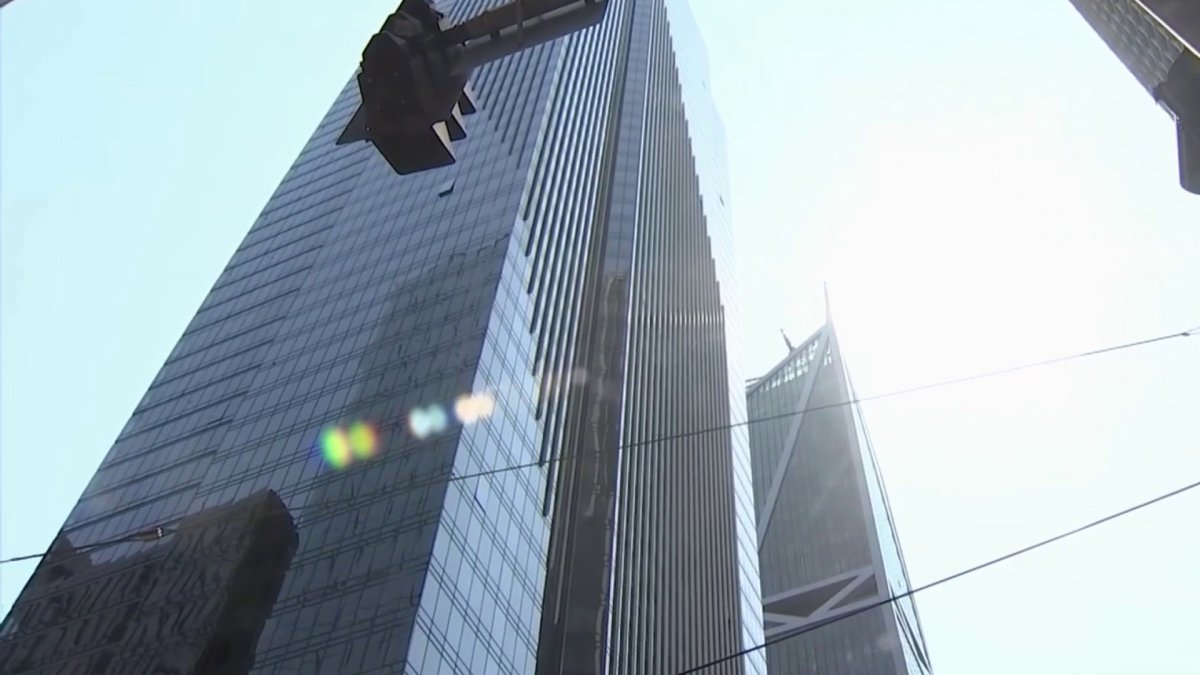
An independent drilling expert acknowledged to city officials earlier this month that testing crews had trouble meeting standards designed to prevent more settlement with the troubled fix of the Millennium Tower, according to documents obtained by NBC Bay Area’s Investigative Unit.
“Overall, it has been successful, as reported,” drilling expert Ben Turner told city officials at a hearing this month about the test effort, designed to find out how to best keep the building from sinking and tilting more while crews work to shore the tower on two sides.
But in memos to building officials from about the same time, Turner – hired by the homeowners to advise the city -- acknowledged test crews were not actually able to fully meet a key testing protocol aimed at limiting soil loss. Soil loss is considered the likely source of accelerated settlement during construction. Lost soil can mean less support for an existing foundation, experts say.
The test standard specified that crews had to keep a minimum level of compacted soil at the base of the 100-foot long, 3-foot diameter steel casing as it was being installed. The soil at the bottom serves as a plug, to prevent too much soil from getting in at the bottom during its installation.
Get a weekly recap of the latest San Francisco Bay Area housing news. Sign up for NBC Bay Area’s Housing Deconstructed newsletter.
But Turner said that during the first two test casing installations, crews couldn’t always maintain the “specified minimum” soil plug, Turner said. The problem, he said, was that the ground around the casing sometimes was too resistant and crews had to resort to drilling down to install the casing. That drilling, he said, left little or no soil plug remaining in some cases.
Despite that problem showing up in both of the tests, Turner credited other efforts aimed at controlling soil loss in his memo to building inspection officials. “The approach is deemed successful on the basis of negligible building settlement or tilt,” he concluded, citing measurements of movement taken during the days of actual installation.
But geotechnical engineer Bob Pyke – who has been a vociferous critic of the fix – countered that while initial day-of measurements may well have reflected little settlement, the data covering the entire two week span of testing shows a disturbing trend.
Local
“Here you can see over two weeks quite a sharp drop,” he said, citing monitoring data released late last week. “This is not back in June, July or August. This is in the last two weeks that have been reported. This is the significant increase in settlement.”
Pyke said the larger span of data clearly demonstrates efforts to stop more settlement accomplished little.
“So the test installations were in effect, a failure. They had to break their own rules in order to push the casings in.”
Turner said Wednesday he did consider weekly data when he made his assessments.
Fix designer Ron Hamburger did not respond to questions but recently told city officials that he expected the extent of settlement showing up in the tracking data.
Other experts say the latest data reflects a rate of sinking that’s not much better than the rate when the original fix was halted in August – when the building sank an inch during three months of work around the foundation. That kind of settlement should be a red flag, says Harry Poulos, an internationally recognized expert in tall-building foundations.
“That’s pretty scary – I think most foundation engineers, if you got that number to them, they'll recoil in horror, myself included,” he said, adding that he has learned over three decades of trying to right leaning structures that the cure can be worse than the disease.
“You're really creating a problem because you've got weaker soil under fairly heavy stress,” he said, “and so it's going to react and settle more. So just to summarize, construction activities themselves can exacerbate rather than fix the problem if you're not careful.”
In light of the declared success of the first round of testing, city officials recently authorized a second round of testing, which involves sending a test pile more than 200 feet down to bedrock. That work began this week and is expected to last several days.